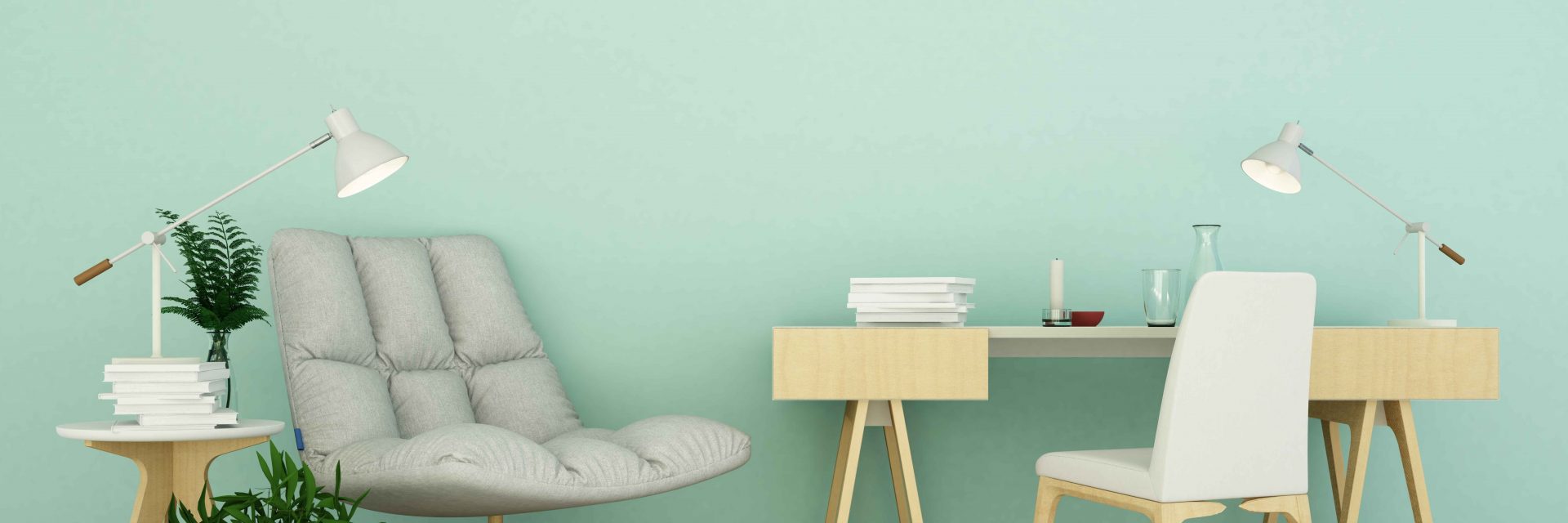When you're choosing between interior and exterior paint, it's vital to comprehend their fundamental differences that influence both efficiency and aesthetic appeals. Inside paints are crafted for reduced VOC levels and smoother surfaces, making them excellent for interior areas, while exterior paints are designed to sustain harsh weather conditions and UV exposure. Each type serves a distinct objective, however understanding when to use one over the other can significantly influence your project's result. So, what variables should you consider when making your selection?
Structure and Solution
When selecting between exterior and interior paint, recognizing their structure and formulation is essential. Interior paints normally consist of a lower amount of volatile organic substances (VOCs), making them more secure for indoor air quality. You'll notice they commonly have a smoother finish, which improves their ability to resist discolorations and allows for much easier cleansing. They're designed to withstand the rigors of indoor settings, including differing moisture levels and temperature level fluctuations.
On the other hand, exterior paints are formulated to withstand harsher conditions. They usually contain higher levels of pigments and additives to stand up to fading from UV rays, as well as to avoid mildew and mold and mildew growth. Their structure includes more binders and materials, which supply far better adhesion to surface areas exposed to the components. This makes sure the paint can withstand rain, snow, and varying temperature levels without peeling or cracking.
Efficiency and Longevity
Evaluating efficiency and durability is necessary when selecting between exterior and interior paint. Interior paint is developed for surface areas that experience much less wear and tear. It normally withstands fading and scuffing, making it suitable for living spaces and bed rooms. Nevertheless, it may not stand up well in high-moisture areas like kitchens and bathrooms without appropriate formula.
On the other hand, exterior paint faces harsher conditions. It's crafted to endure UV rays, rainfall, and temperature changes. This sort of paint usually includes additives that protect against mold and mildew development, making sure long life in numerous climates. When you use outside paint, you can anticipate it to last several years longer than interior paint, supplied it's applied properly.
One more crucial difference lies in the finish choices. Interior paints usually have a range of coatings for visual allure, while outside paints prioritize durability over shine. If you're seeking something that can handle the components, exterior paint is your best bet.
On the other hand, if you're concentrated on interior aesthetics with less worry for extreme conditions, indoor paint could be appropriate. Inevitably, your selection must line up with the particular needs of the setting.
Visual Factors to consider
A fresh layer of paint can transform an area, but aesthetic considerations play an essential role in your option in between interior and exterior alternatives. When you're selecting paint, think of the mood you intend to create. Inside paint enables you to explore a broader variety of colors and finishes, allowing you to share your personal style and improve your home's setting. Whether you opt for soft pastels or bold shades, the right indoor paint can make your rooms really feel relaxing, dynamic, or peaceful.
On the other hand, outside paint needs to straighten with your home's design and the surrounding atmosphere. Right here, you're not simply making a style declaration; you're also taking into consideration aesthetic allure. Selecting shades that integrate with your neighborhood can increase your home's value and aesthetic appeal. Bear in mind that exterior paint is also subject to fading and climate modifications, so picking a timeless shade can conserve you from frequent repainting.
Inevitably, take into consideration just how each alternative fits your vision. By aligning your paint selection with your preferred visual, you can produce areas that reflect your character while keeping capability.
Final thought
When it involves selecting paint, understanding the essential distinctions between interior and exterior alternatives is vital. Inside paints concentrate on aesthetics and low VOCs, making them perfect for improving your indoor rooms. On the other hand, outside paints are designed for durability and weather resistance, safeguarding your home from the elements. By considering your details requirements and the setting, you can with confidence choose the ideal paint to accomplish the look and durability you want for your area.
